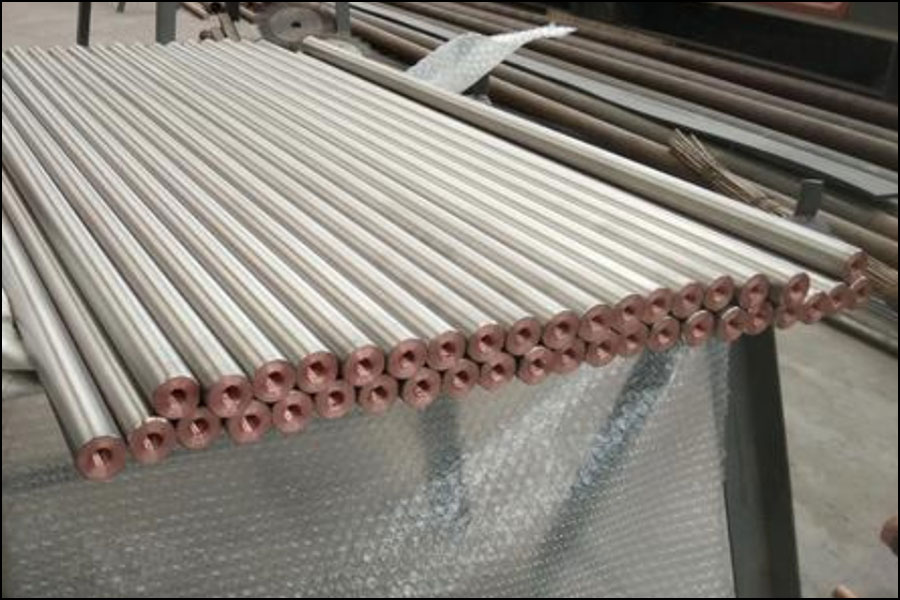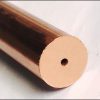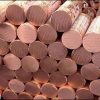
Tungsten Inert Gas arc Welding, also known as inert gas tungsten protection welding. Gas shielded welding is an arc welding method that uses external gas as a protective medium. Its advantages are good visibility of the arc and molten pool, easy operation; no slag or very little slag, and no need to remove slag after welding. However, special wind-proof measures must be taken when working outdoors.
Advantages of TIG welding
- 1) Argon gas can effectively isolate the surrounding air. It is insoluble in metal and does not react with metal; the arc can also automatically remove the oxide film on the surface of the workpiece during the TIG welding process. Therefore, it can successfully weld non-ferrous metals, stainless steel and various alloys that are easy to oxidize, nitriding, and have strong chemical activity.
- 2) Stable tungsten arc It can burn stably even at a small welding current (<10A), especially suitable for thin plate and ultra-thin plate material welding.
- 3) The heat source and the filler wire can be controlled separately, so the heat input is easy to adjust, and it can be welded in various positions. It is also an ideal method to realize single-sided welding and double-sided forming.
Disadvantages of TIG welding
- 1) The melting depth is shallow, the welding speed is small, and the productivity is low.
- 2) The tungsten electrode’s ability to carry current is poor. Excessive current will cause the tungsten electrode to melt and evaporate, and its particles may enter the molten pool and cause contamination (tungsten inclusion).
- 3) Inert gas (argon gas, helium gas) is more expensive, and its production cost is higher than other arc welding methods (such as manual arc welding, submerged arc welding, CO2 gas shielded welding, etc.). TIG welding can be used for welding almost all metals and alloys, but due to its high cost, it is usually used for welding non-ferrous metals such as aluminum, magnesium, titanium, and copper, as well as stainless steel and heat-resistant steel. For metals with low melting point and easy evaporation (such as lead, tin, zinc), soldering is more difficult. The thickness range of the plates welded by argon tungsten arc welding is preferably 3mm or less from the perspective of productivity. For some important thick-walled components of ferrous and non-ferrous metals (such as pressure vessels and pipelines), when the root penetration weld bead, all-position welding and narrow gap welding are used, in order to ensure high welding quality, tungsten argon is sometimes used Arc welding.






